Yoga Nidra, often translated as "yogic sleep," has been weaving its way into the fabric of modern wellness practices, captivating the hearts of those in search of profound relaxation and healing. Yet, despite its growing popularity, the essence of Yoga Nidra remains shrouded in mystery for many. Far beyond mere relaxation, Yoga Nidra offers a gateway to an unparalleled state of consciousness, where profound rest meets acute awareness.
The Transformative Power of Yoga Nidra
At its core, Yoga Nidra is not just about relaxation, it's about awakening to a state of consciousness that exists beyond the usual bounds of waking, sleeping, and dreaming. This ancient practice, deeply rooted in the yogic tradition, serves as both a sanctuary for rest and a powerful tool for personal transformation.
Yoga Nidra's effectiveness is often encapsulated in the claim that one hour of practice can rejuvenate the body as deeply as three hours of conventional sleep. This claim holds a kernel of truth, especially for those navigating the challenges of sleep disturbances. Through my own journey of disrupted sleep rhythms, Yoga Nidra became a lifeline—a practice that not only sustained me through sleepless nights but also opened doors to deeper healing and understanding.
Unveiling the State of Yoga Nidra
Contrary to common perceptions, Yoga Nidra transcends guided relaxation or meditation. It is a distinct state of consciousness characterized by deep relaxation coupled with heightened awareness. Unlike meditation, which may lead one toward a unified field of pure consciousness, Yoga Nidra prepares the practitioner for this journey, offering a glimpse into the realm beyond time and space, without necessitating complete transcendence.
The Journey Within: A Guided Yoga Nidra Practice
To truly grasp the transformative essence of Yoga Nidra, one must experience it. Here is a simple, guided Yoga Nidra practice to begin your journey:
Find a Quiet Space: Choose a quiet, comfortable place where you won't be disturbed. Lie down on your back, using a pillow under your head and a blanket to keep warm if necessary.
Set an Intention (Sankalpa): Reflect on a personal intention or affirmation. This should be a positive statement, framed in the present tense, reflecting a deep desire for healing or personal growth.
Body Awareness: Gently close your eyes and bring your awareness to your body. Silently guide your attention through each part of your body, starting from the tips of your toes to the top of your head. As you focus on each area, mentally repeat, "I am relaxing my [body part], my [body part] is completely relaxed."
Breath Awareness: Notice the natural flow of your breath. Feel the rise and fall of your abdomen and chest without trying to change the rhythm. With each exhale, imagine releasing tension and stress from your body and mind.
Witness Your Thoughts: Observe the thoughts and sensations that arise without attachment. Imagine them like clouds passing in the sky, not clinging to any particular thought or feeling.
Return to Your Intention: Recall the intention you set at the beginning of your practice. Repeat it silently to yourself three times, embedding it into your subconscious.
Gently Awaken: Slowly bring your awareness back to the room. Wiggle your fingers and toes, stretch your arms and legs, and when you're ready, open your eyes. Rest for a few moments before getting up.
Beyond Relaxation: Healing and Transformation
Yoga Nidra is an ancient but accessible practice, capable of guiding practitioners to profound levels of healing and awareness. By regularly engaging with Yoga Nidra, individuals can learn to navigate their inner landscapes, altering the flow of prana, healing deep-seated patterns, and transforming their life experiences from the inside out.
As we continue to explore the depths of Yoga Nidra, let us embrace this ancient practice not merely as a method for relaxation but as a path toward holistic healing and spiritual awakening.
Disclaimer
The sole purpose of these articles is to provide information about the tradition of Ayurveda. This information is not intended for use in the diagnosis, treatment, cure or prevention of any disease.












